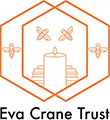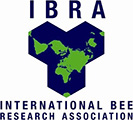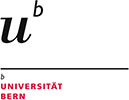|
The study was conducted t oinvestigate the effect of Lactobacillus rhamnosus (a commercial probiotic) and inulin (a prebiotic) on the survival rates of honeybees infected and uninfected with Nosema ceranae, the level of phenoloxidase (PO) activity, the course of nosemosis, and the effect on the prevention of nosemosis development in bees. The cells of L. rhamnosus exhibited a high rate of survival in 56.56 % sugar syrup, which was used to feed the honeybees. Surprisingly, honeybees fed with sugar syrup supplemented with a commercial probiotic and a probiotic+prebiotic were more susceptible to N. ceranae infection, and their lifespan was much shorter. The number of microsporidian spores in the honeybees fed for 9 days prior to N. ceranae infection with a sugar syrup supplemented with a commercial probiotic was 25timeshigher (970 million spores per one honeybee)thanin acontrolgroupfedwithpuresucrosesyrup (38million spores per one honeybee). PO activityreached itshighest level inthe hemolymph of this honeybee control group uninfected with N. ceranae. The addition of probiotics or both probiotics and |
|
Ptaszyńska A.A., Borsuk G., Zdybicka-Barabas A., Cytryńska M., Małek W. 2016. E-pub 2015. Are commercial probiotics and prebiotics effective in the treatment and prevention of honeybee nosemosis C? Parasitology Research, 115(1): 397-406, DOI: 10.1007/s00436-015-4761-z |
| http://link.springer.com/article/10.1007/s00436-015-4761-z |







